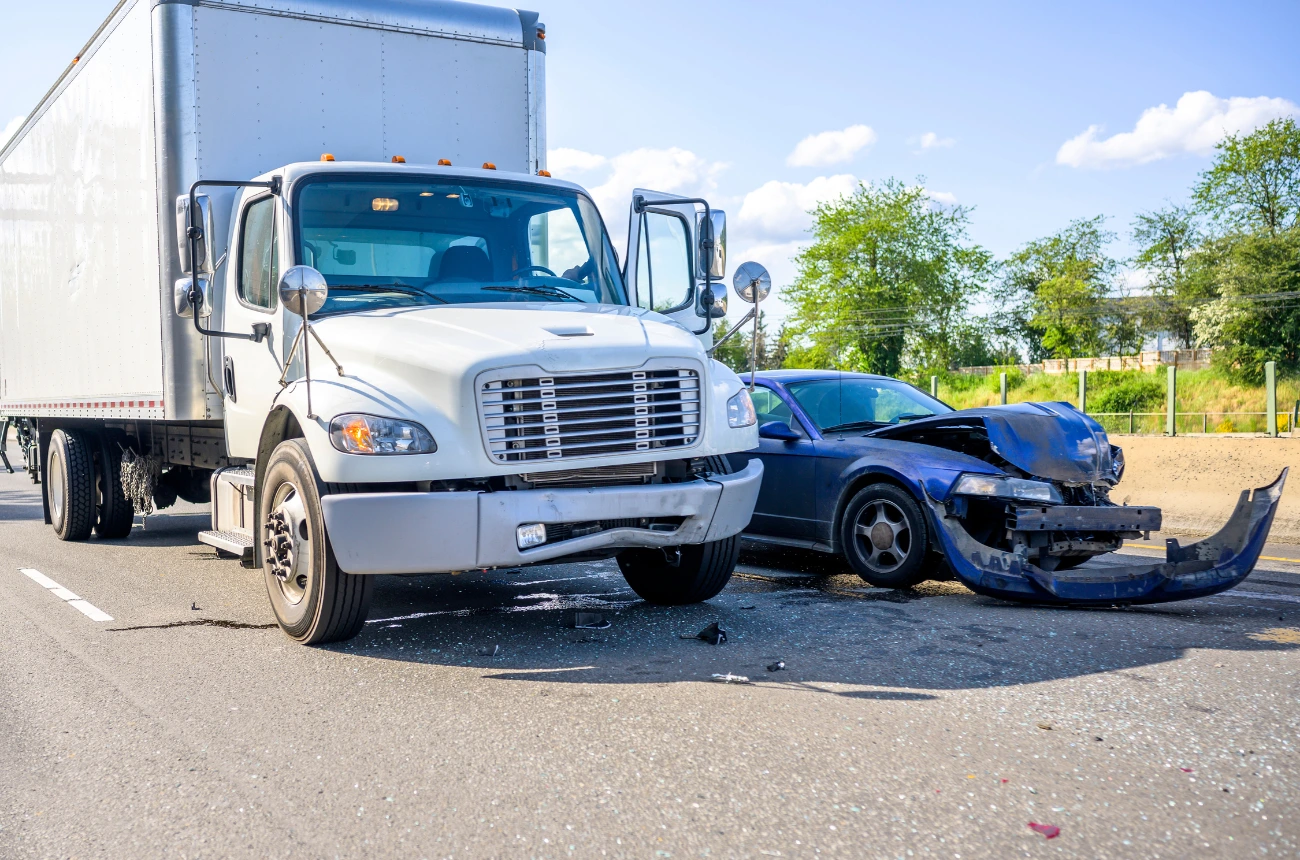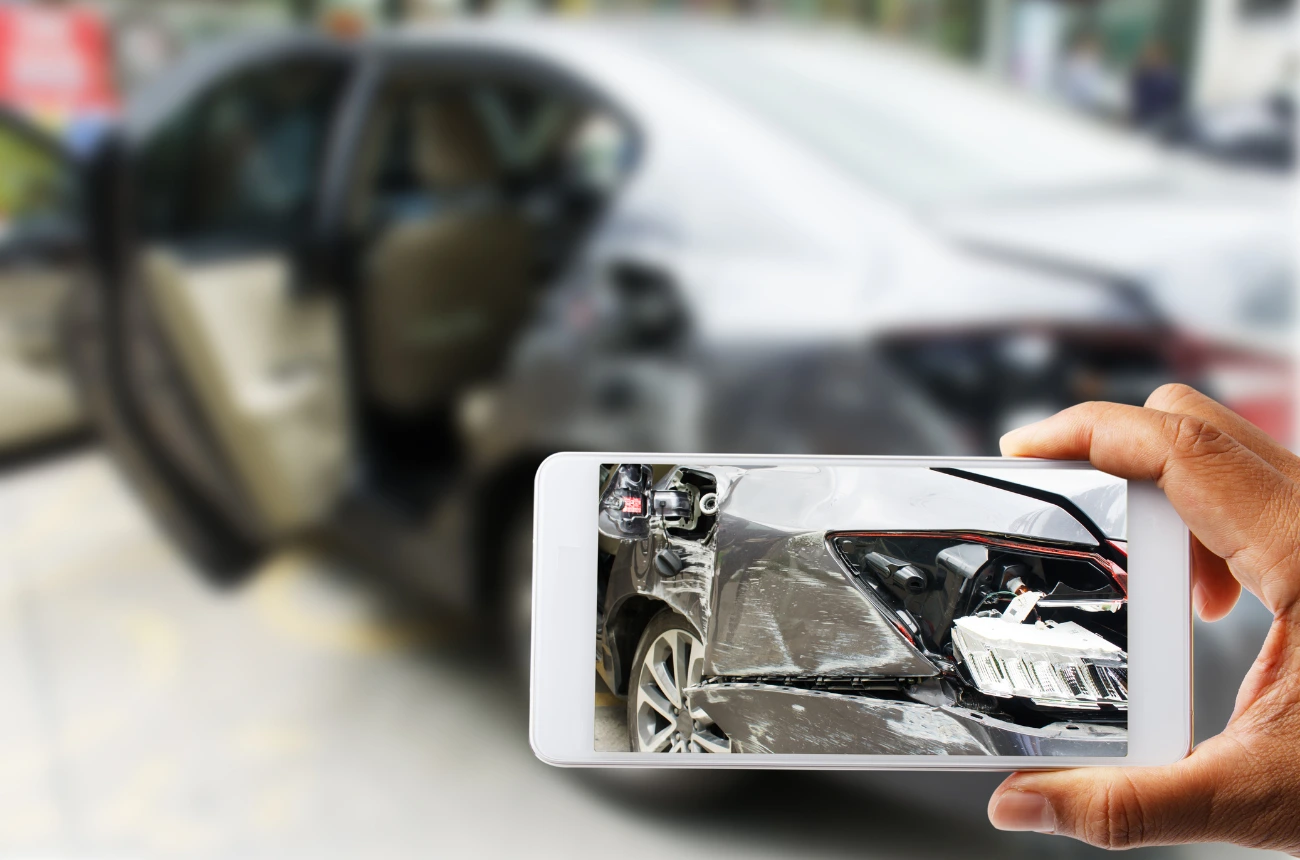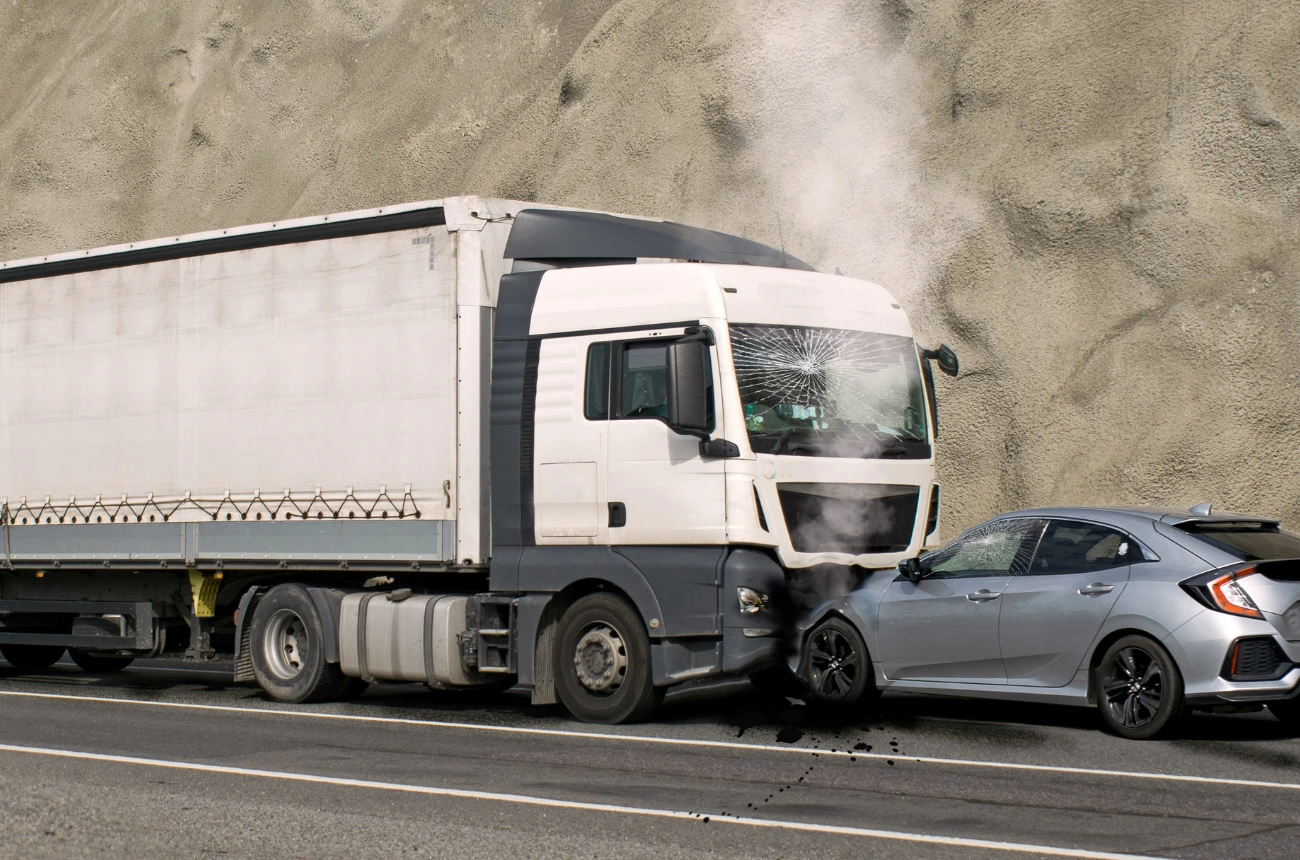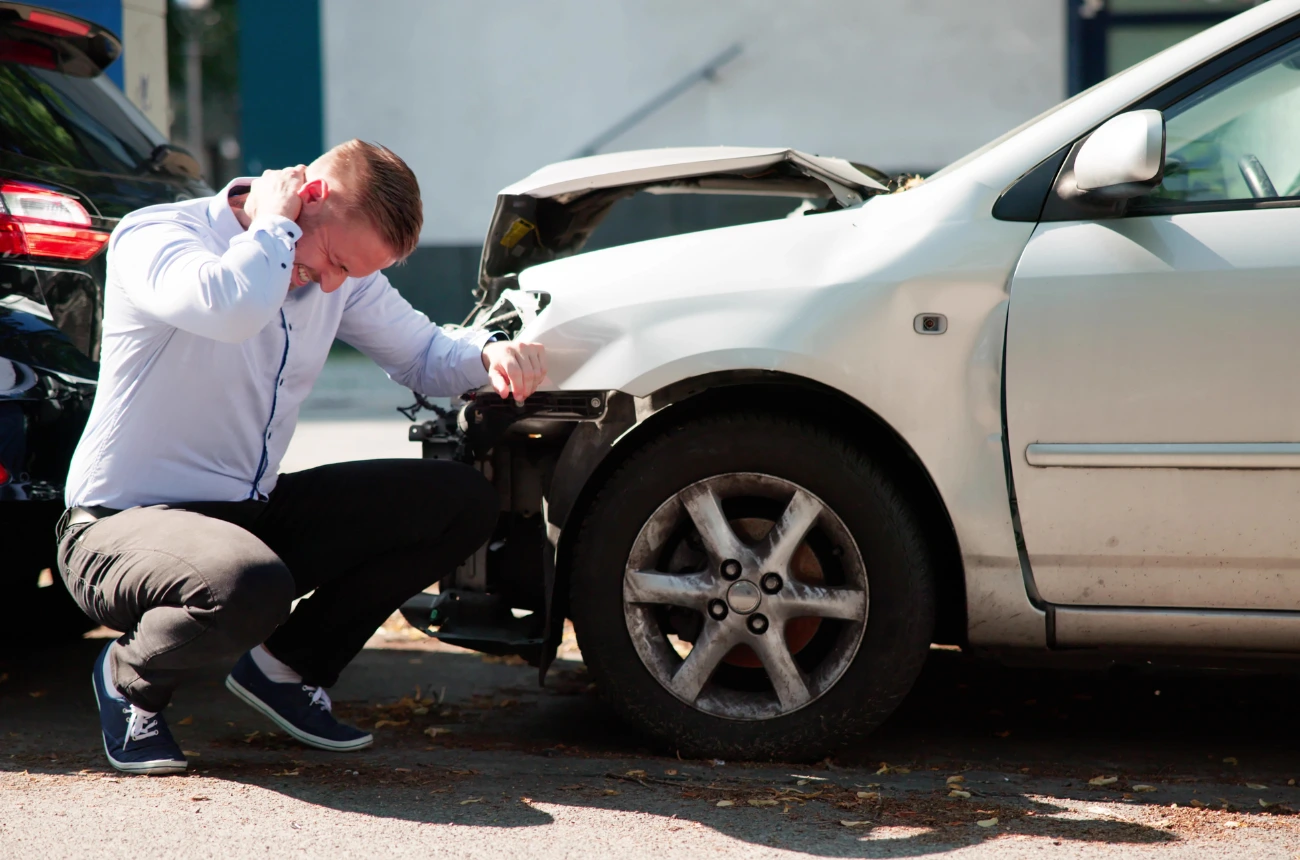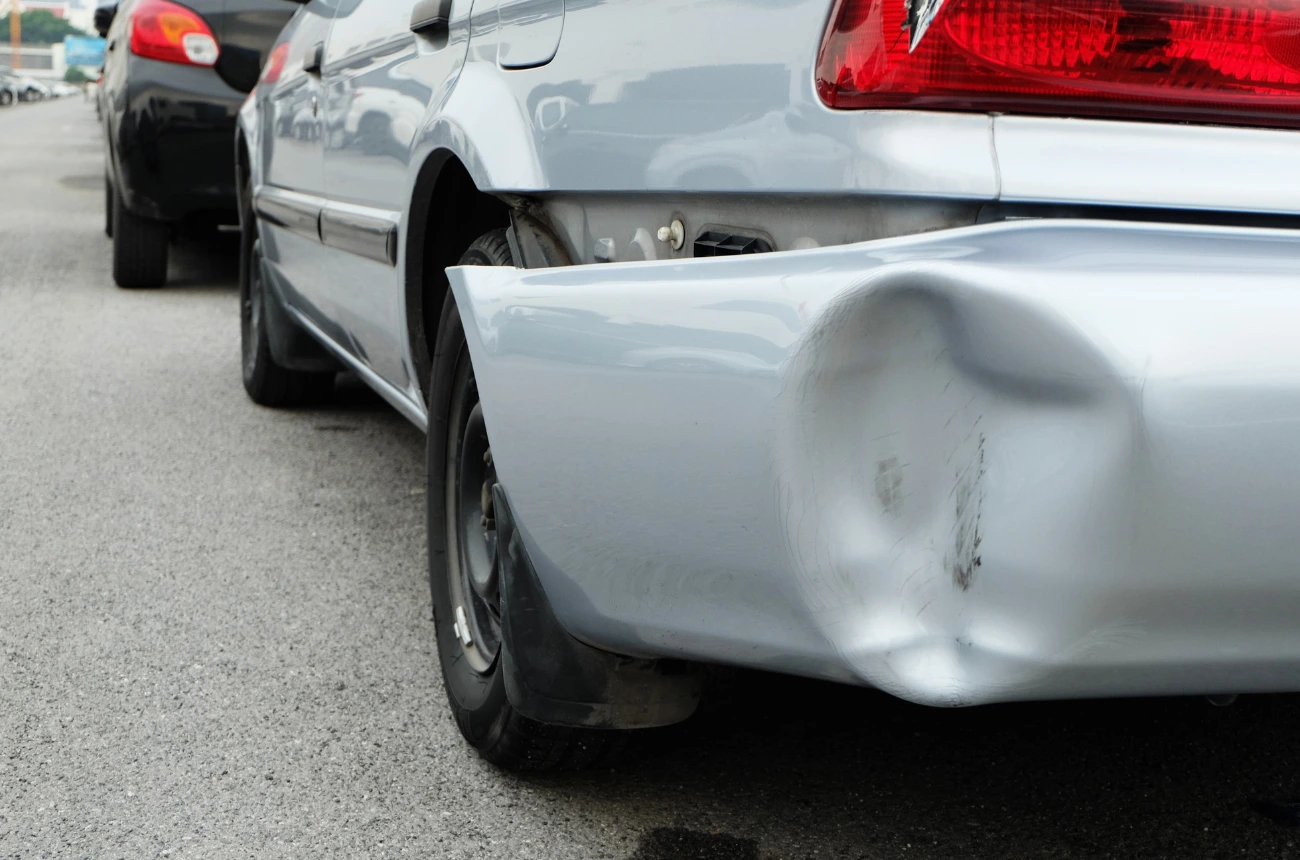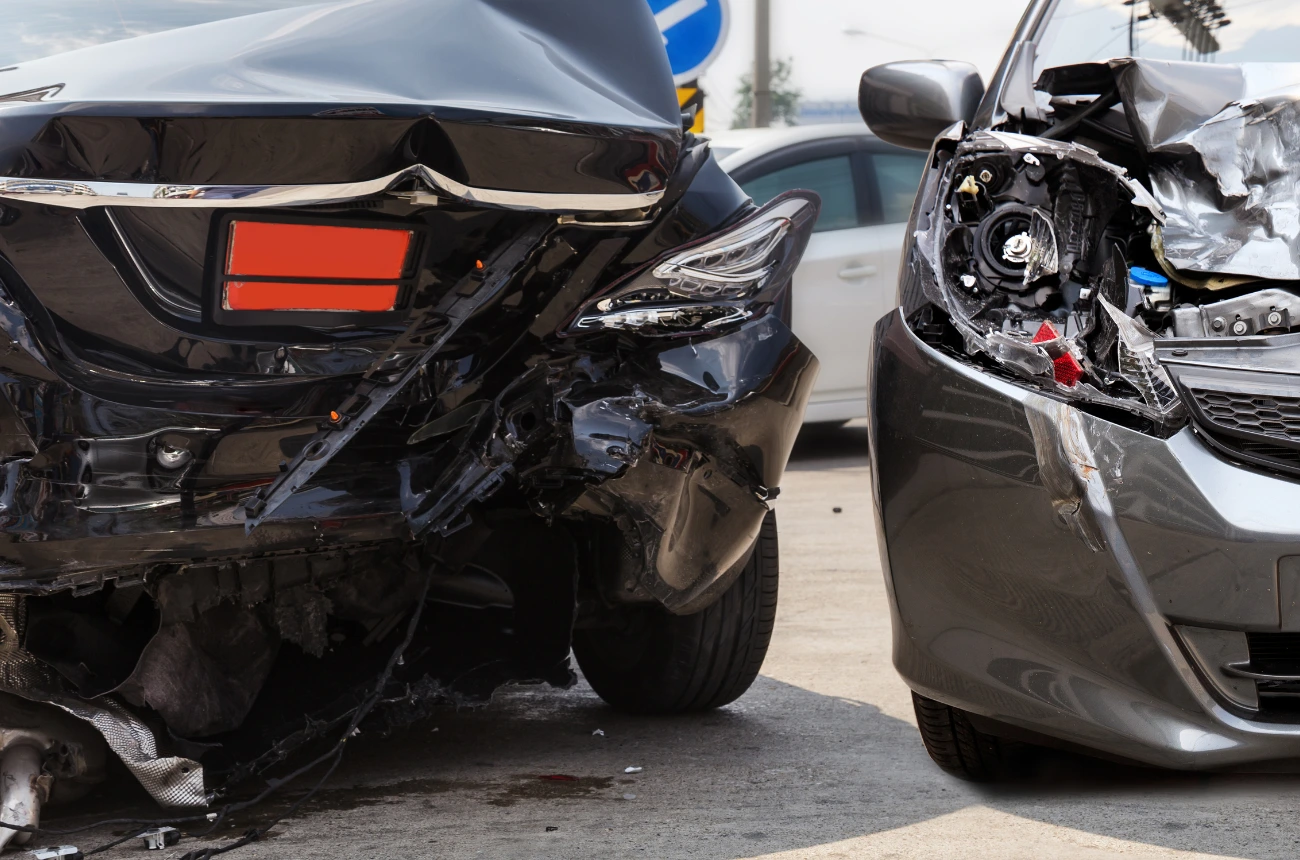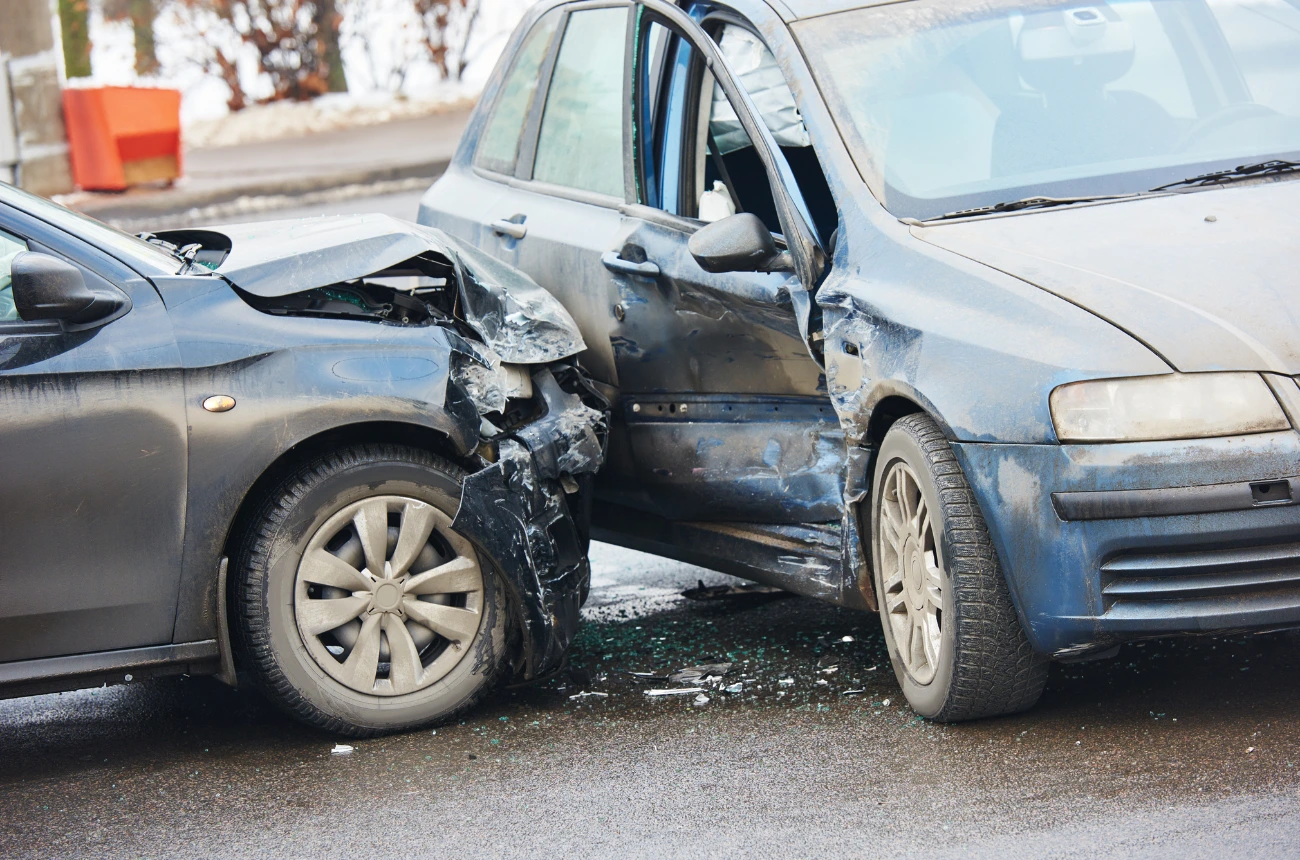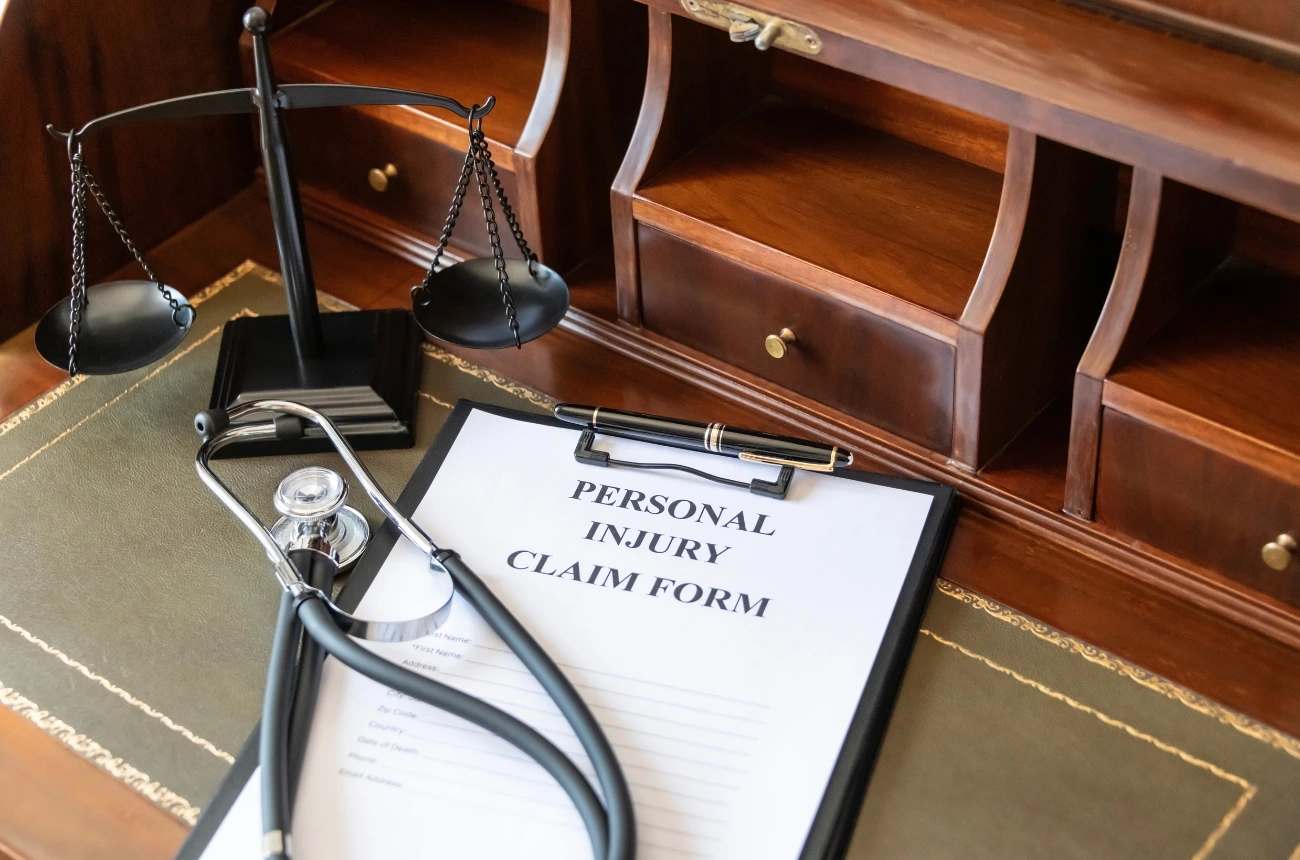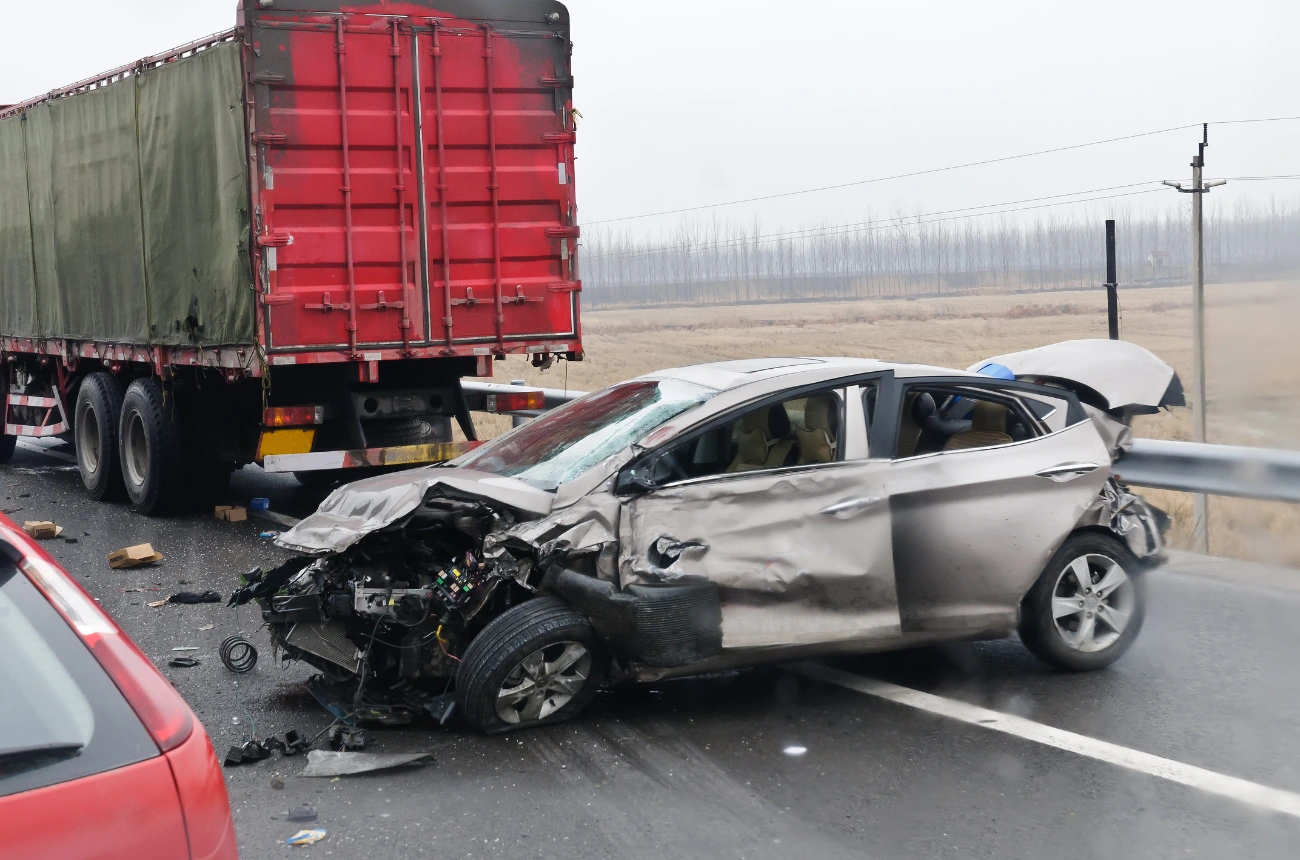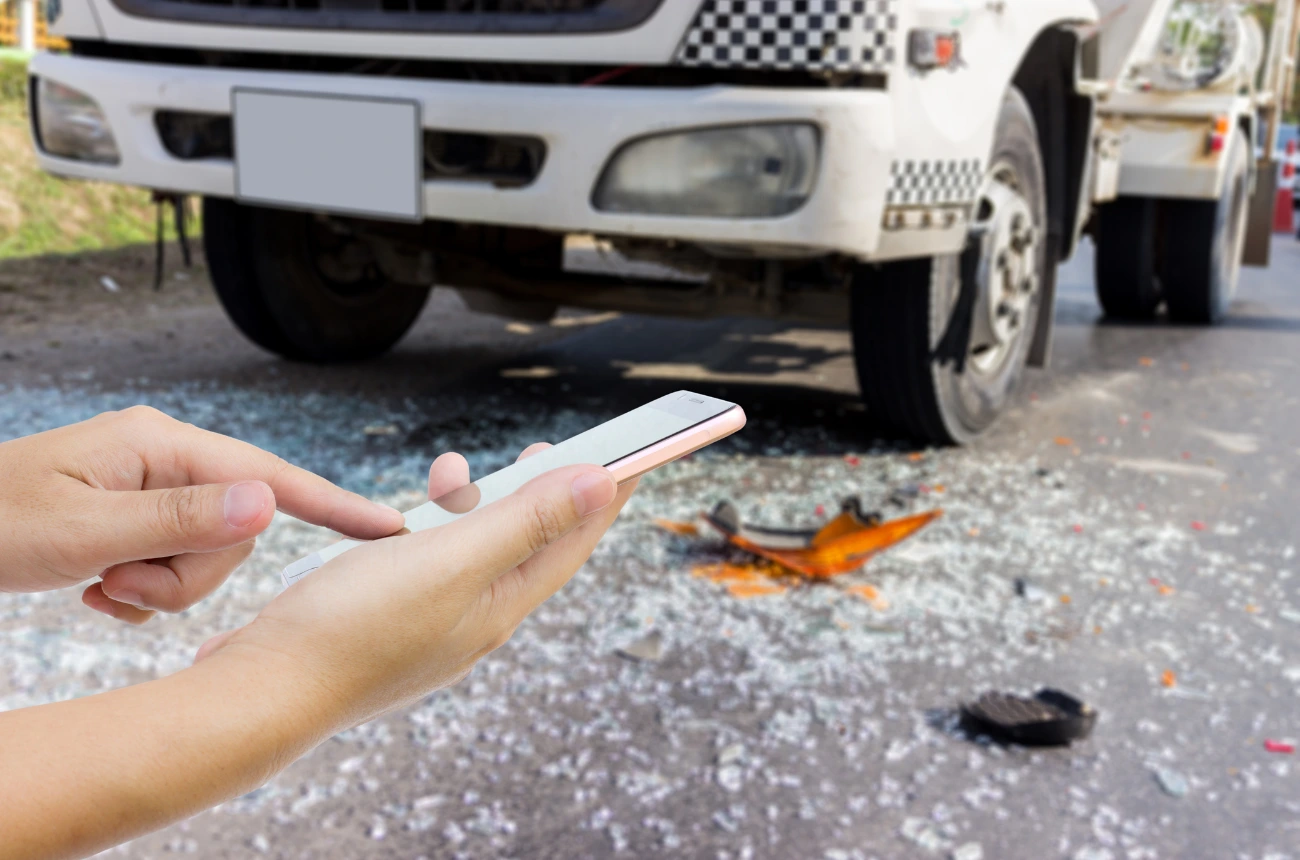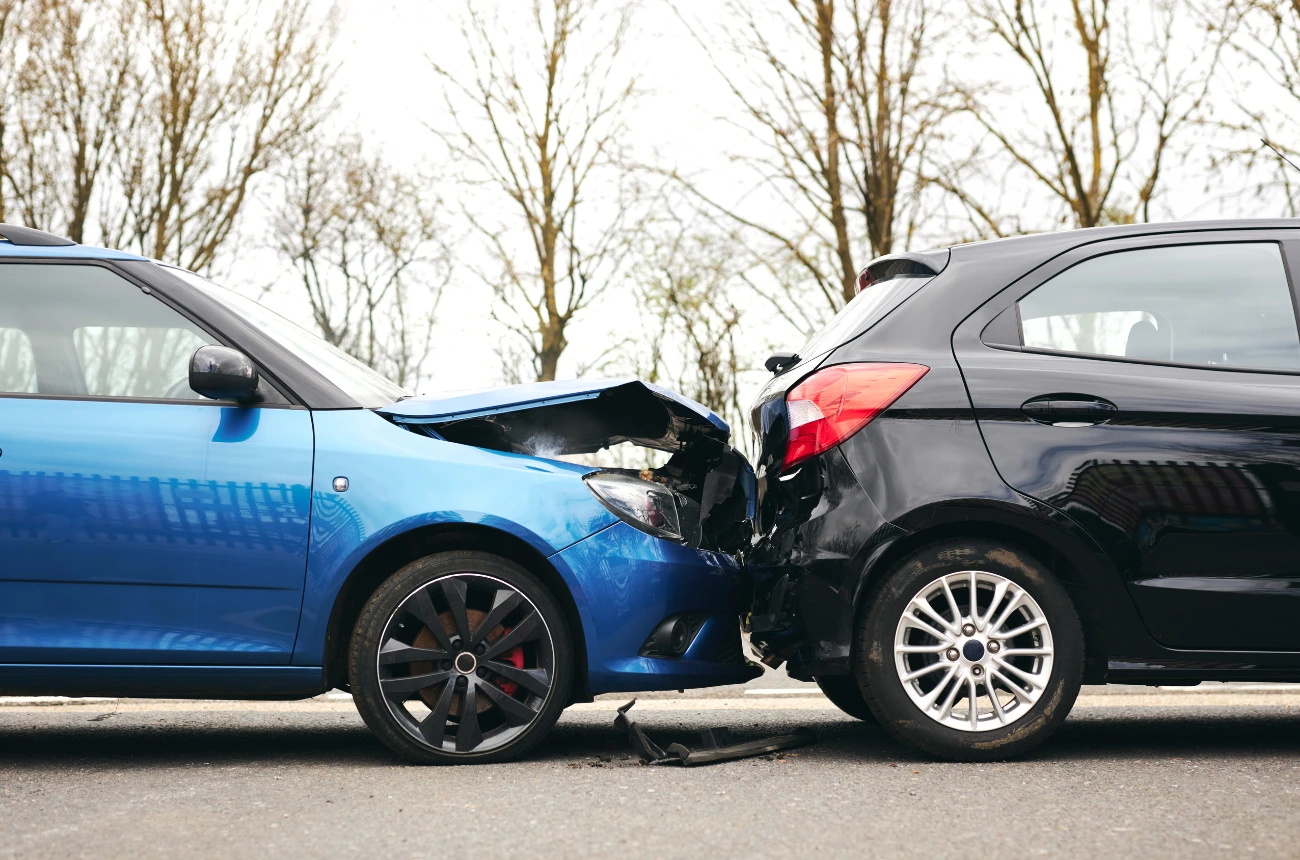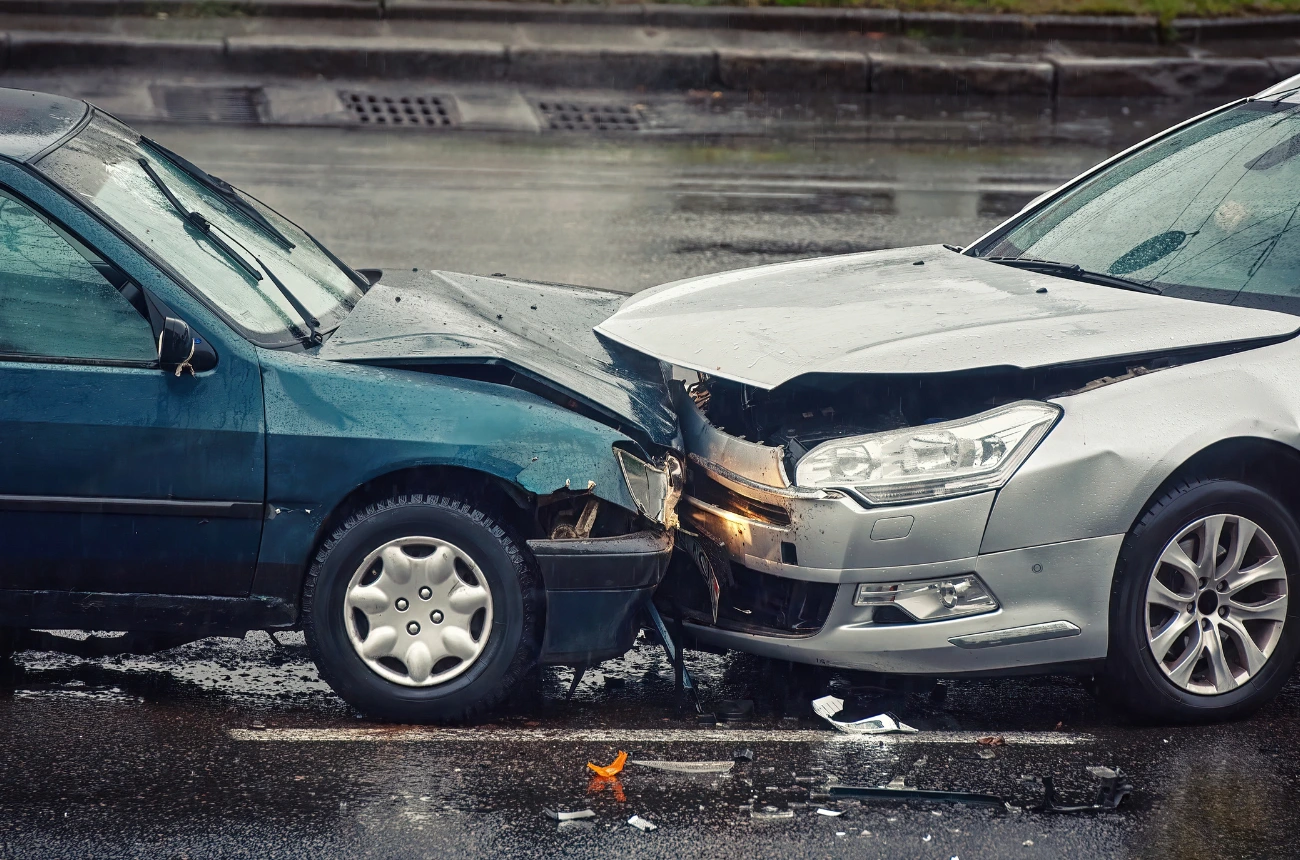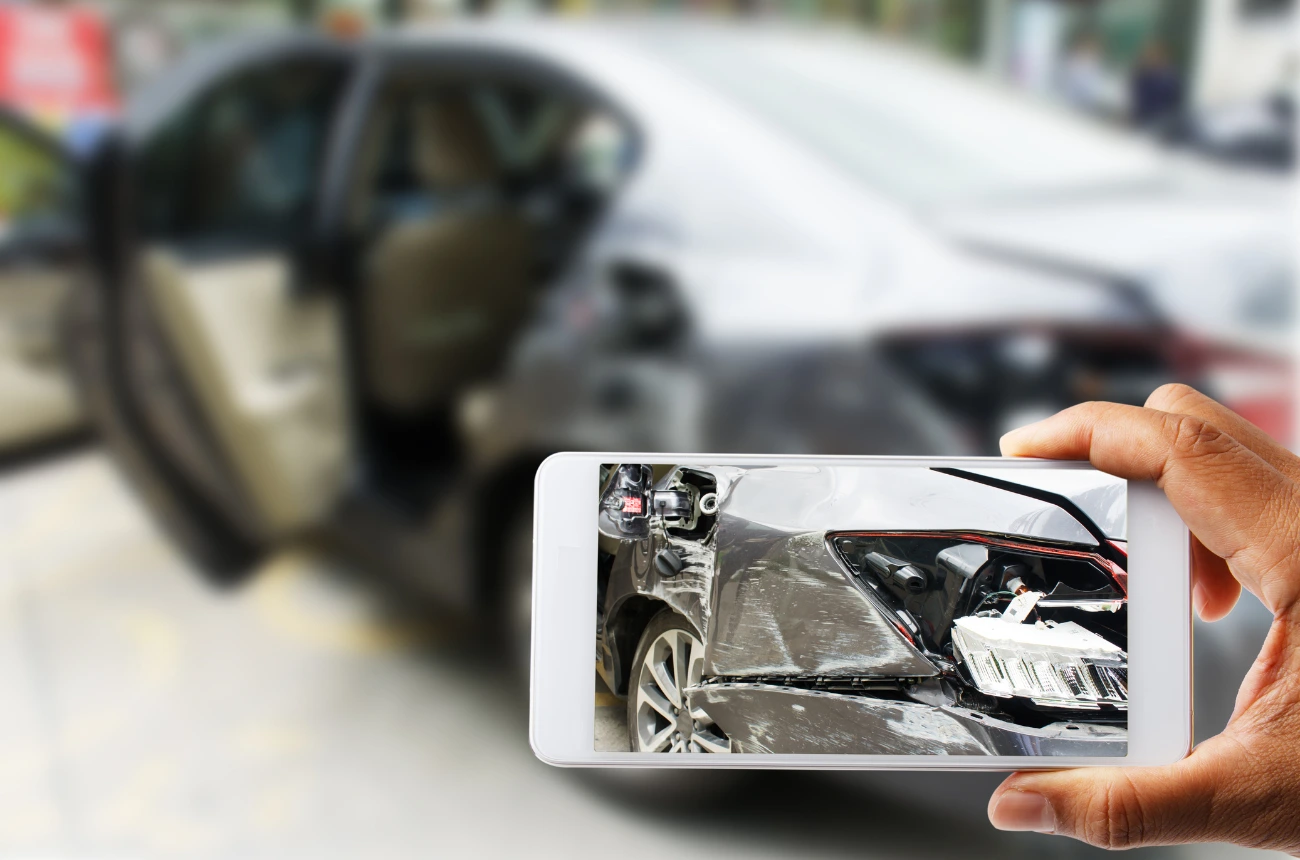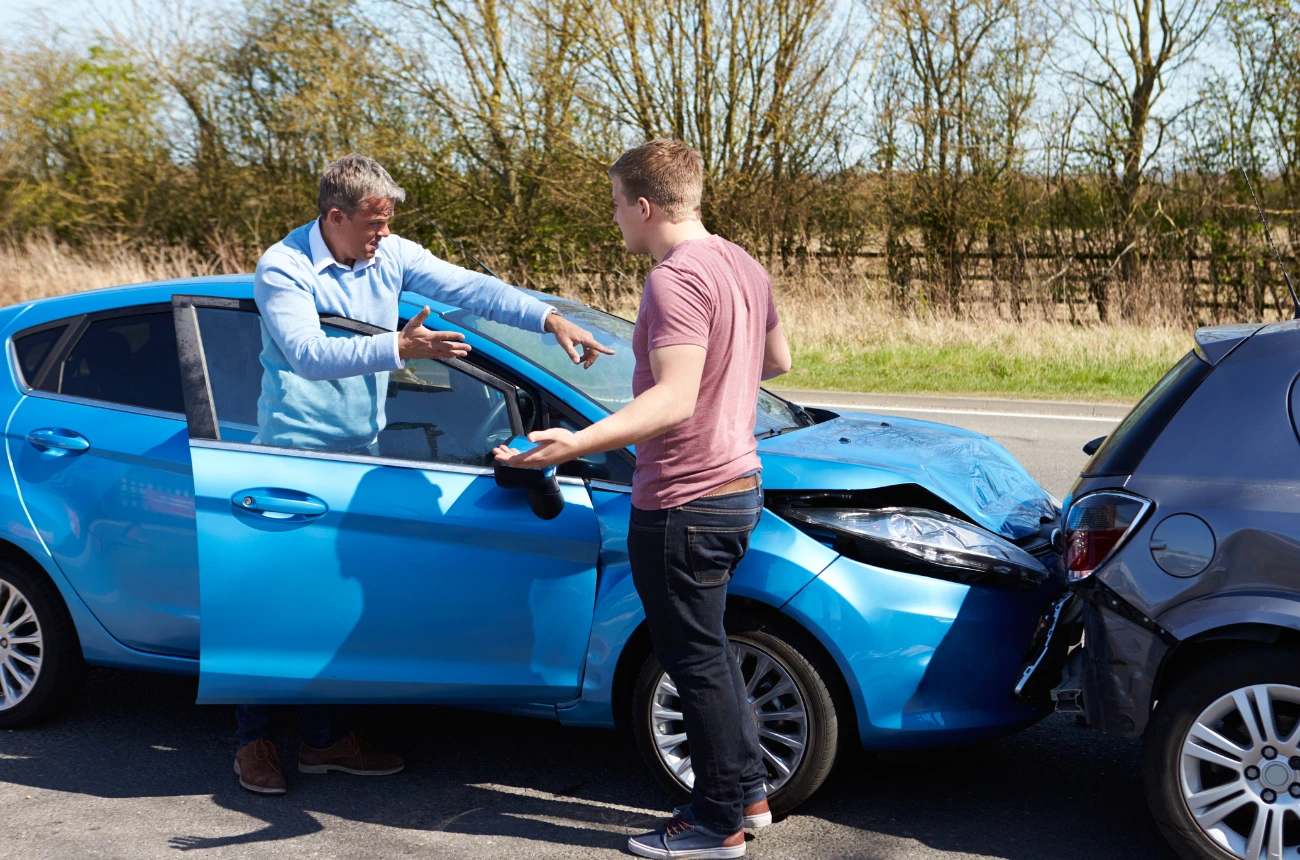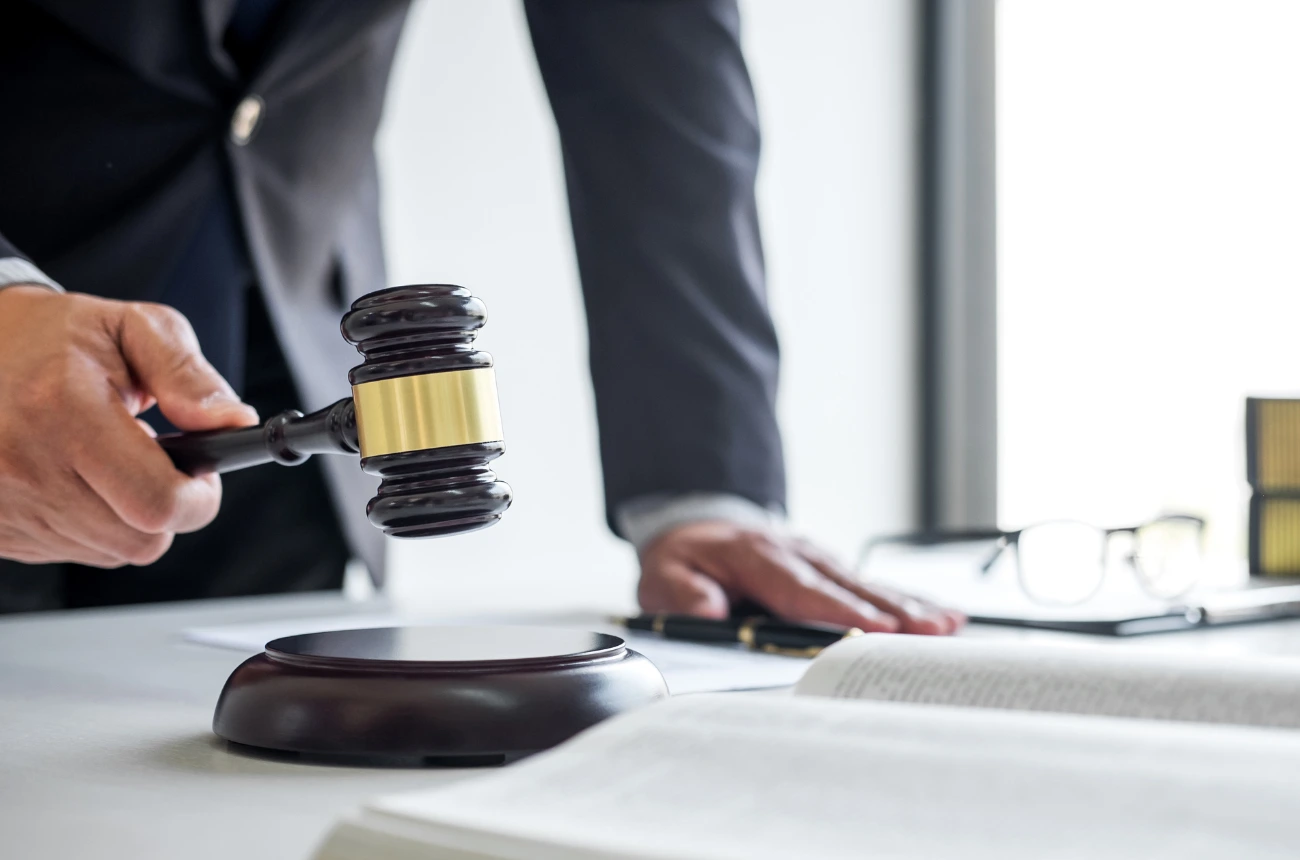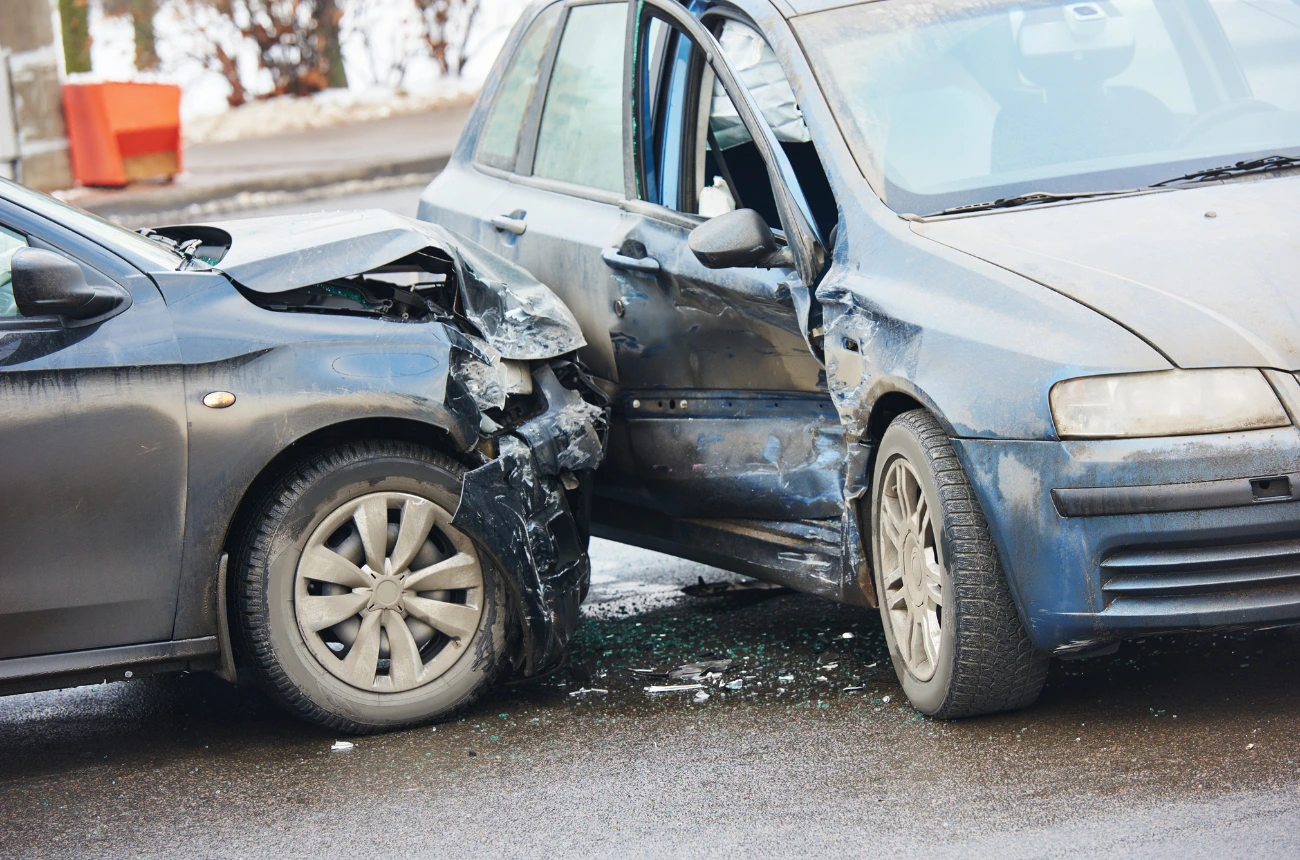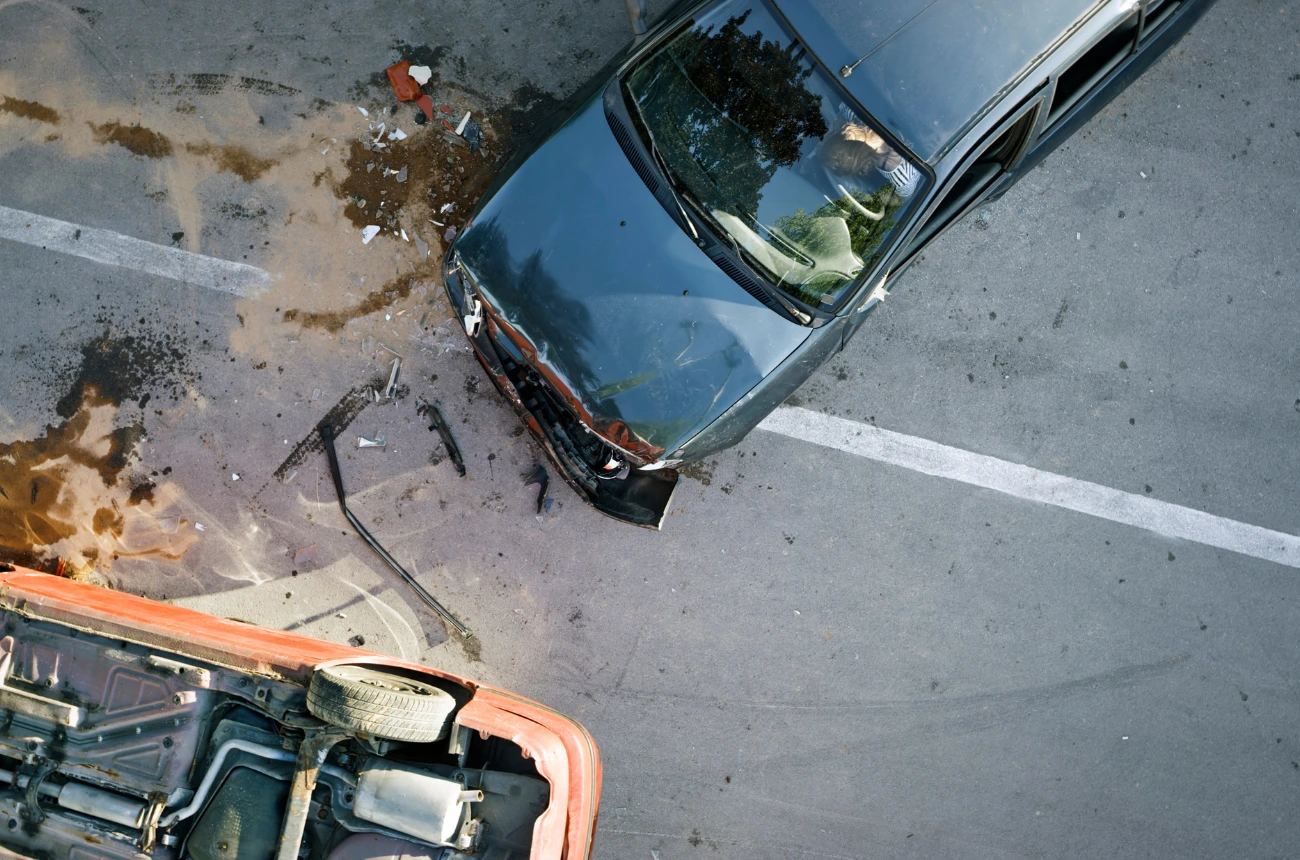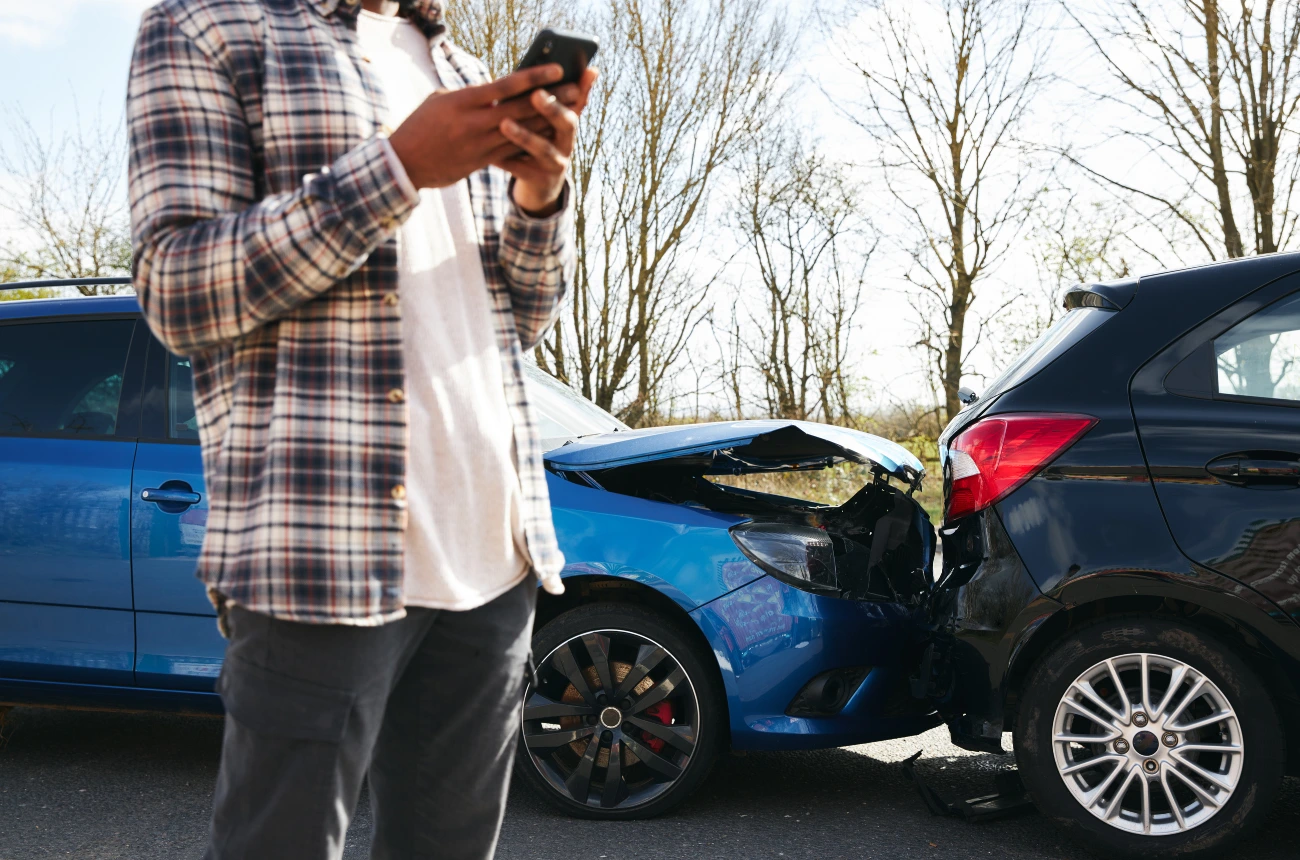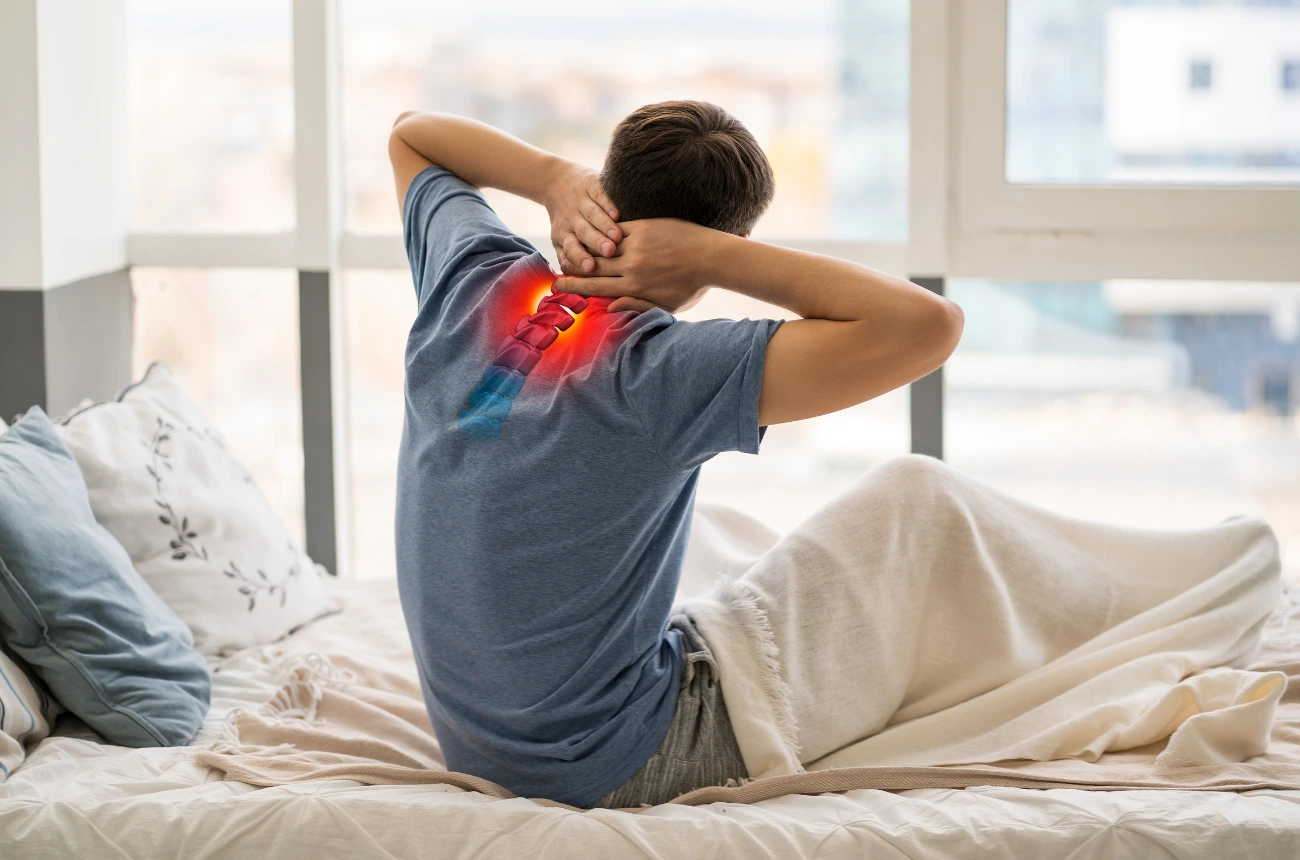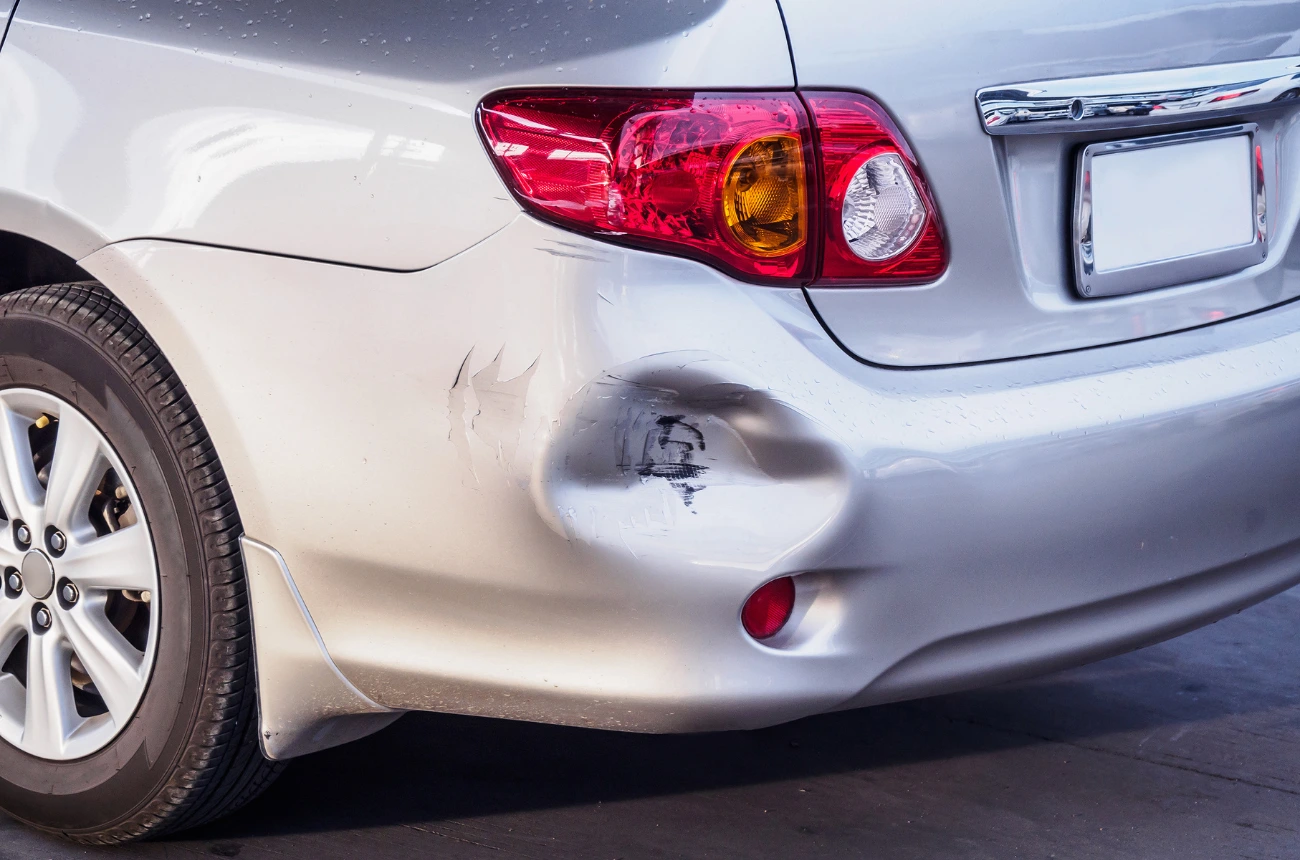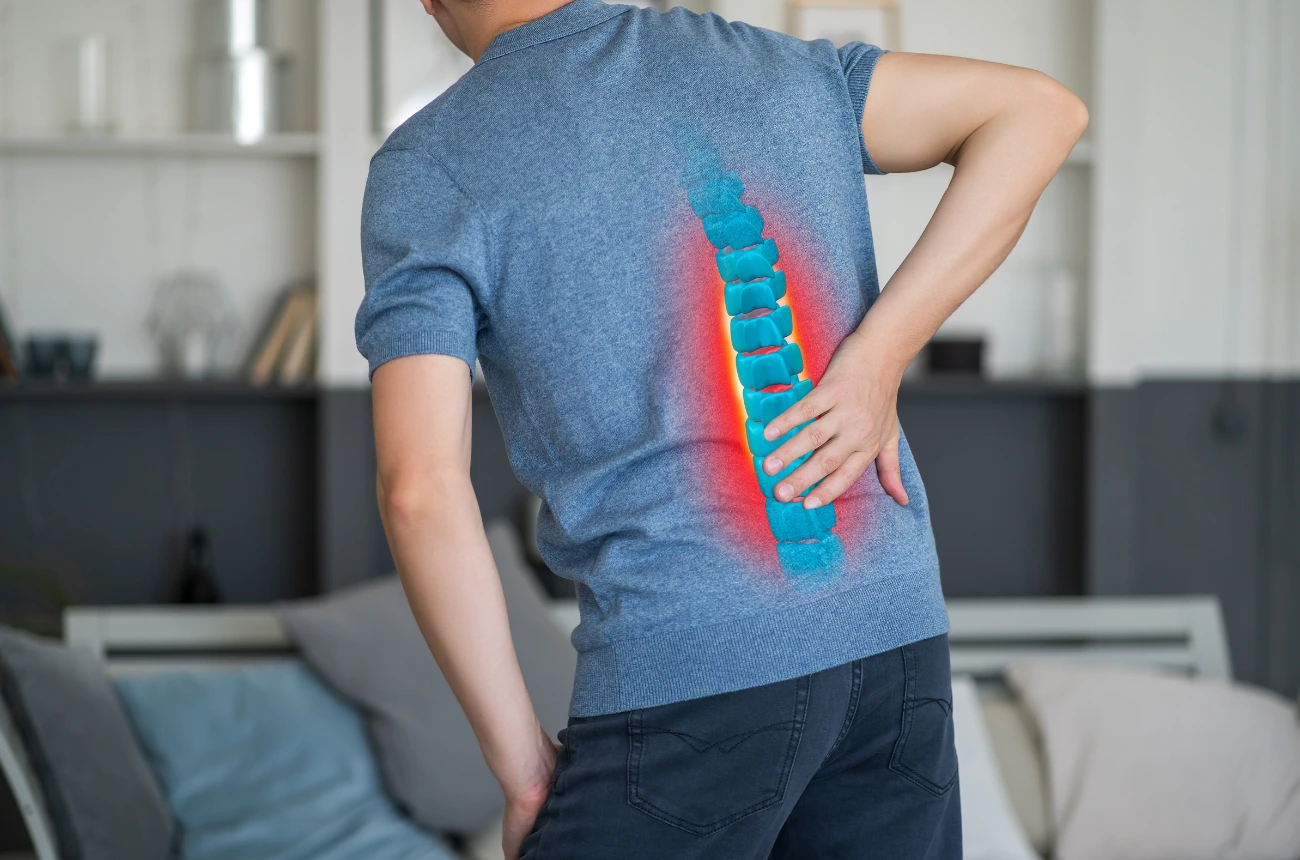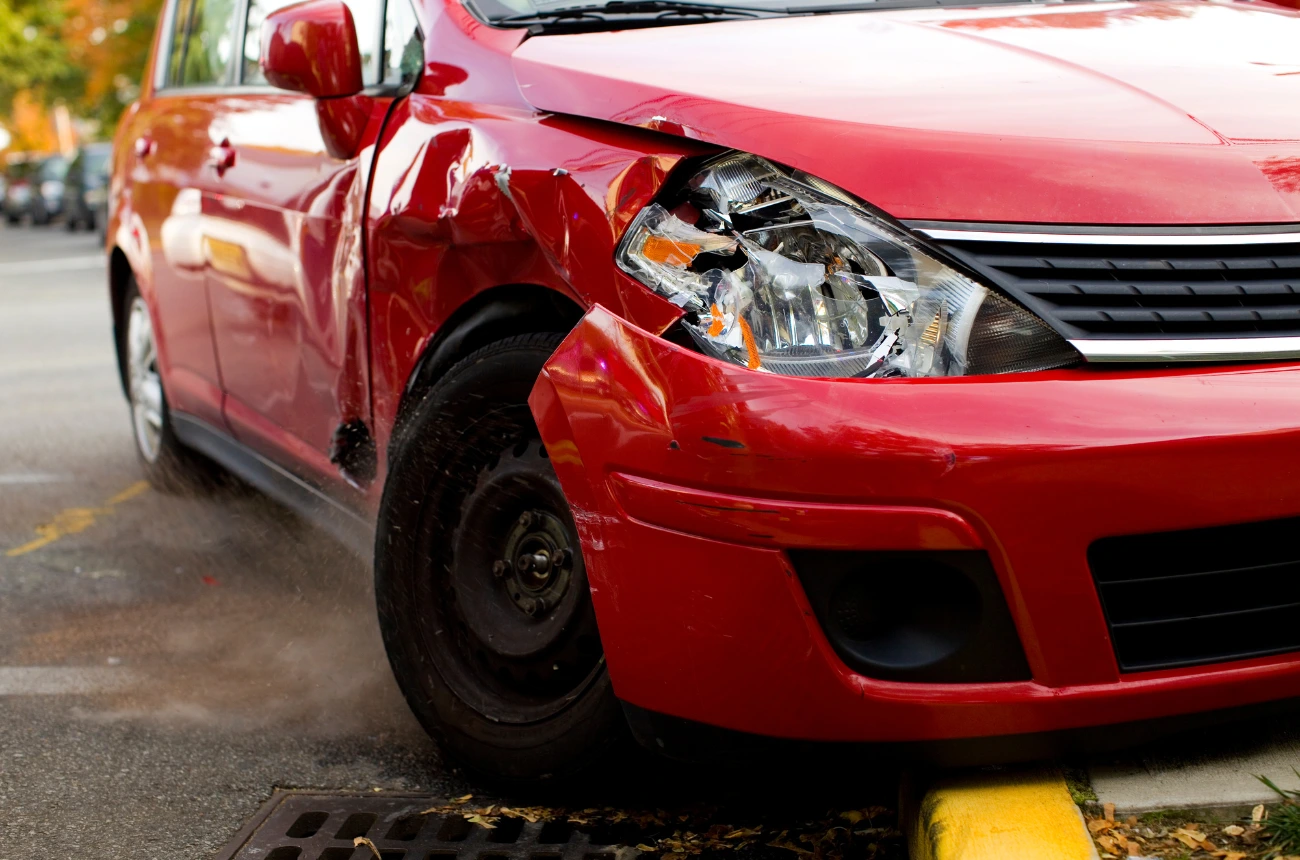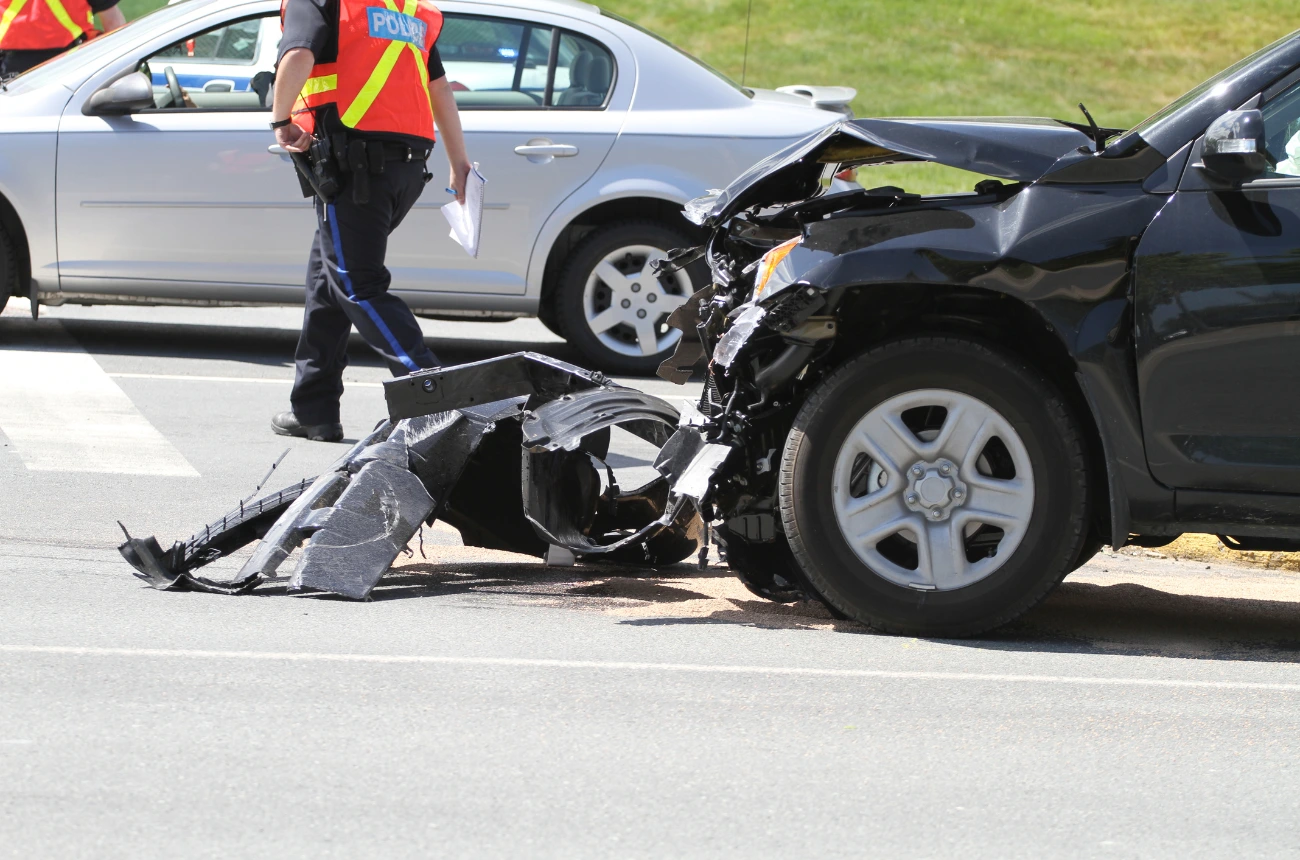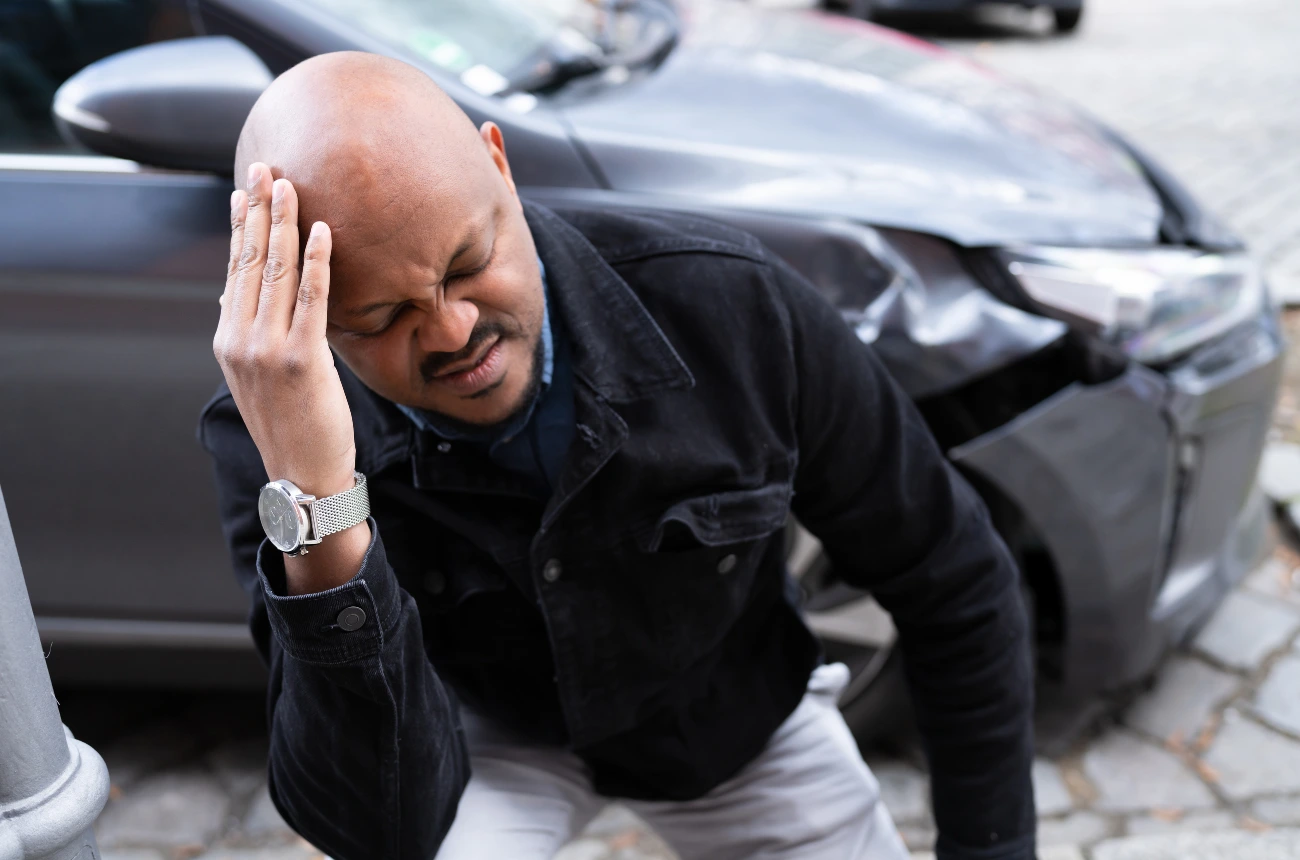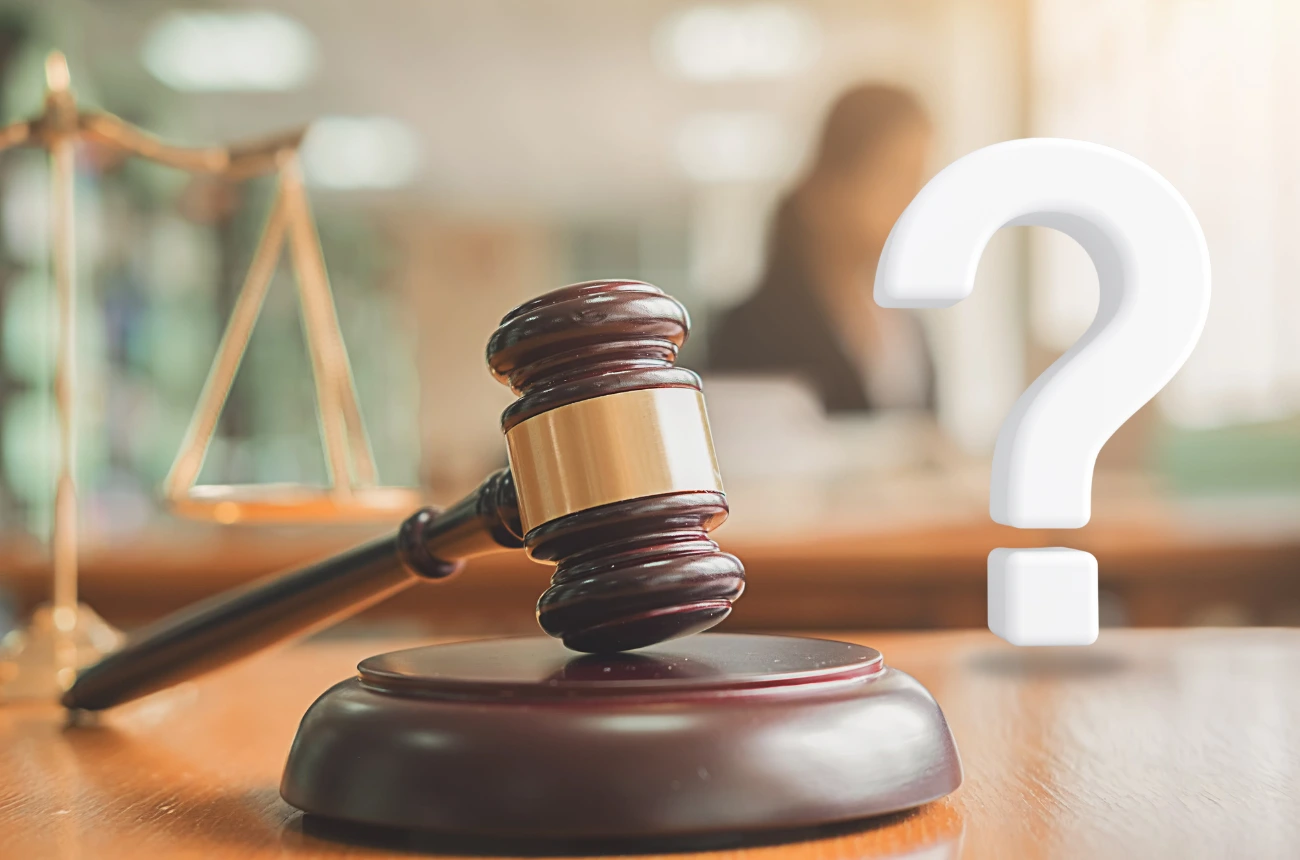If your injury led to spinal stenosis, this can have an impact on how much your claim could be worth.
But by exactly how much can vary from case to case. Ultimately, your spinal stenosis can be just one of many factors that will affect your claim.
The best way to get an accurate evaluation of your case is to talk to a legal professional. That’s why we recommend scheduling a free consultation with No Bull Law ASAP. We’ll examine your case and help you get clarity on your options.
Spinal stenosis can happen as a result of a number of different injuries, so there isn’t a clear-cut average figure for settlements involving spinal stenosis.
The value of a case can vary greatly depending on the circumstances. It isn’t uncommon for commercial cases to reach settlements of six figures or more.
You can’t put an exact figure on the spinal stenosis that results from a car accident, as the factors that drive its settlement value are specific to each injury case. Since each case is unique, it's best to consult an attorney familiar with personal injury law to get a clearer understanding of what your claim may be worth.
What Factors Affect Spinal Stenosis Settlements?
Many factors influence a spinal stenosis settlement:
1. Severity of the Spinal Stenosis + Injuries
Not all cases of spinal stenosis affect people the same way. A minor herniation can lead to chronic pain in one person, while someone else with a much more severe condition could experience little to no discomfort. Everyone’s anatomy and pain threshold are different, so symptoms can vary widely, even with similar diagnoses.
When the spinal stenosis is the result of a herniated disc, severe neck injury, or significant damage to the cervical spine, it can substantially increase your potential compensation. If your injuries require major surgeries like spinal fusion, your settlement can accurately reflect these serious medical interventions.
The severity of your spinal stenosis itself may be graded by a physician according to one of several different grading systems. While these grading systems have differences, they typically give you an idea of how severe the symptoms and long-term effects of your injury are.
But, because symptoms often develop gradually, many people may not realize how serious their condition is until it worsens. That’s why it’s important to get a medical exam right after an accident to:
- Document early symptoms and create a medical record that supports your claim.
- Establish a clear link between the auto accident and your injury, or show that the accident worsened a pre-existing condition.
2. Medical Expenses
Insurance companies evaluate an injury claim based on medical records and the total cost of medical care, but it’s crucial for victims to reach a point of stability with their treatment before settling.
This means you’ve recovered as much as medically possible, even if some symptoms remain. Settling too early could mean missing out on compensation for future medical treatments.
These medical costs can include:
- Emergency room visit
- Surgical procedures, such as spinal fusion
- Medications and pain management treatment
- Long-term care needs for severe injury or catastrophic injury
- Physical therapy for lower back pain or neck pain
To ensure you account for all your current and future medical needs, work with a doctor who can accurately assess your long-term medical needs and consult with an experienced personal injury lawyer to calculate your damages before settling.
Your lawyer can also explain what options you may have to cover medical costs before you reach a point of medical stability.
3. Lost Wages and Future Earning Potential
If your spinal injury keeps you from working, you may be able to get compensation for lost income.
If the spinal cord injury or neck injury permanently affects your ability to do your job, you can also claim for loss of earning capacity, which can make a big difference in your settlement.
This includes cases where you can't return to work or have to take a lower-paying job because of your injury. In those situations, your settlement should reflect the long-term financial impact of the accident.
4. Pain and Suffering
The settlement for your spinal stenosis won’t just revolve around medical bills. We also look at how the pain and suffering affects the quality of your life.. Your attorney, the courts, and insurance adjusters look at the following:
- Physical discomfort
- Emotional distress
- Anxiety
- Loss of enjoyment of life
It can be tricky to put a price on pain and suffering since it's different for everyone. Insurance companies usually take a formulaic approach to calculate non-economic injury settlements such as pain and suffering.
This method helps account for your injury’s emotional and personal impact, not just the financial losses, so you get fair compensation for what you’ve experienced.
Since it’s tough to measure, proving pain and suffering requires strong documentation. You can strengthen your personal injury claim by:
- Consulting an expert familiar with personal injury law
- Gathering statements from those who have witnessed your pain and suffering firsthand
- Collecting medical records linking your pain and suffering to spinal stenosis
5. Legal Representation
Insurance companies will seek to lowball your settlement, which is why it helps to have legal representation to protect you and ensure you get the maximum payout you can.
Working with a personal injury lawyer means having someone to push back against unfair offers and advocate for the injury settlement you rightfully deserve.
A lawyer can also handle the complex aspects of your personal injury case, including gathering evidence, proving liability, and filing a lawsuit. Since spinal stenosis cases often involve legal and medical challenges, working with an attorney gives you the best chance at securing the compensation you deserve.
6. Punitive Damages (When Applicable)
In some cases, Texas courts award punitive damages, also called exemplary damages, to punish the at-fault party for gross negligence, fraud, or malicious behavior.
Because punitive damages go beyond just compensating injury victims, Texas has strict legal requirements for awarding them:
- Burden of proof: The plaintiff must prove the harm was caused by fraud, malice, or gross negligence using clear and convincing evidence. This is especially relevant in cases involving a wrongful death.
- Unanimous jury decision: A jury must unanimously agree that punitive damages should be awarded.
Understanding the key factors that influence your settlement is crucial, but knowing what to do after an accident that caused spinal stenosis can make all the difference in your personal injury claim.
What Should You Do If Diagnosed with Spinal Stenosis from an Accident?
If you’ve been diagnosed with spinal stenosis from your car accident injuries, it’s important to take the right steps early on to protect both your health and accident settlement.
- Don’t delay treatment: Spinal stenosis, especially following damage to the cervical spine, can worsen over time. Plus, the longer you delay treatment, the easier it is for insurance companies to argue that your condition isn't serious or wasn't caused by the accident.
- Stick to the medical plan: Once you’ve received a formal diagnosis, stick to your doctor’s medical care plan. It may include physical therapy, medications, injections, or surgery. It’s also critical to attend all follow-up appointments to show you’re actively treating your injury.
- Track your symptoms: Spinal stenosis symptoms can change over time, particularly with conditions involving the sciatic nerve or lower back pain. To support your claim, it’s important to consistently report changes in your pain levels, mobility limitations, and any new symptoms supports to your treating providers. This ensures there’s a medical record that clearly reflects how the injury impacts your life.
- Hire a lawyer: Insurance companies aren’t on your side. They aim to minimize settlements for car accident victims. That’s why it’s so important to have a skilled personal injury lawyer to handle negotiations, fight for a fair settlement, and help you avoid common pitfalls that could hurt your claim.
- Avoid posting on social media: Any post—even one that seems harmless or unrelated—can undermine your case. Insurance companies and defense lawyers monitor social media for posts that could downplay your injury and weaken your claim.
Taking the right steps after an injury with a spinal stenosis diagnosis is vital, especially if you have a pre-existing injury or if your condition wasn’t immediately identified. Delayed diagnoses can complicate settlements, but in some cases, you may still have legal options. Here’s what you need to know.
Can You Still Receive a Settlement for Spinal Stenosis if Diagnosed Long After the Accident?
Yes, spinal stenosis can still be factored into your settlement, provided you haven't already resolved your claim.
A delayed onset of symptoms can complicate things, so prompt medical attention and thorough documentation are critical to protecting your right to compensation.
In most cases, if you’ve already settled and signed a release form, you waive your right to any future claims related to the accident, even if new injuries are diagnosed later.
However, there are a few exceptions, such as if another party is responsible for your injuries and wasn't included in the original settlement or if there’s evidence of fraud by the insurance company during the settlement process.
If you’re not sure whether you still have options, consult a lawyer to see if your case qualifies for an exception.
4 Spinal Stenosis FAQs
Understanding spinal stenosis can be challenging, so we've compiled answers to four frequently asked questions to help clear some uncertainty.
1. What is Spinal Stenosis?
Spinal stenosis is a condition where the spaces within the spine narrow, putting pressure on the spinal cord and nerves. This can result from a severe spinal injury, a herniated disc, or exacerbated by a pre-existing injury. It leads to pain, numbness, weakness, and tingling in the back, neck, arms, or legs.
While some people may experience only mild discomfort, others suffer from severe pain and mobility issues that can greatly affect their daily lives.
2. What are the Types of Spinal Stenosis?
The three most common types of spinal stenosis are:
- Cervical stenosis: When the spinal canal in the neck becomes too narrow, it’s called cervical stenosis. This condition can put pressure on the spinal cord and nerve roots.
- Lumbar stenosis: This is the most common type of spinal stenosis, affecting the lower back. When the spinal canal narrows in this area, it can compress the nerves that run into the lower body.
- Thoracic stenosis: This occurs when the spinal canal in the upper and mid-back compresses. Although rarer than cervical or lumbar stenosis, it can still put pressure on the spinal cord, potentially affecting nerve function.
3. What are the Common Symptoms of Spinal Stenosis?
Spinal stenosis can manifest in several ways, including:
- Pain and numbness: Many people with spinal stenosis experience sharp, aching, or radiating pain in their back, neck, arms, or legs. The pain often worsens with movement.
- Weakness and tingling: Nerve compression can cause muscle weakness, making it harder to lift objects, grip items, or even walk properly. Many people also feel tingling or a “pins-and-needles” sensation in their extremities.
- Balance and coordination issues: In severe cases, especially with cervical stenosis, people may experience trouble walking, poor balance, or even difficulty controlling their limbs.
4. How is Spinal Stenosis Diagnosed?
Doctors can use various methods to diagnose spinal stenosis:
- Physical examination: A doctor will check for pain, weakness, and numbness in the affected areas. They’ll also test reflexes and muscle strength to assess nerve function and look for any signs of impairment. Additionally, they’ll evaluate mobility and balance to determine how the condition affects movement.
- Imaging tests: The doctor will likely use various imaging tests to confirm a diagnosis of spinal stenosis. This can include:
- X-rays: Shows the structure of your spine and any narrowing of the spinal canal
- MRI (Magnetic Resonance Imaging): Provides detailed images of soft tissues, nerves, and the spinal cord
- CT (Computed Tomography) scan: Produces cross-sectional views to detect bone spurs, nerve compression, or abnormalities
Don’t Let Insurance Companies Lowball You — No Bull Law Has Your Back
Spinal stenosis can be painful, debilitating, and costly. Insurance companies may try to downplay your injury or push for a quick, lowball settlement.
But you don’t have to carry that weight alone or accept less than you deserve. The right legal team can help you navigate the process without all the headaches.
At No Bull Law, we believe in straight answers and real results.
Don’t leave your settlement on the table. Schedule a free consultation today, and let us fight for what’s yours.


